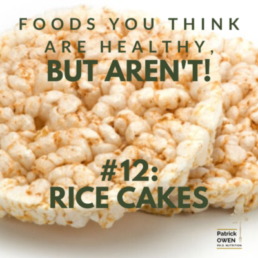 WHY WE AVOID IT:
WHY WE AVOID IT:
When the glycemic index (GI) made waves among scientists and health enthusiasts, carrots got a bad rap. The GI gives a measure of how quickly blood sugar and insulin levels rise after eating a certain type of food compared to glucose or white bread. High GI foods are associated with increased risk of obesity and diabetes, so carrots were cut from all weight-loss and low-carb diets.
WHY WE SHOULD EAT IT:
Oops, science messed up. Initial studies gave carrots a GI as high as 92. Since GI is a scale from 1 to 100, with pure glucose=100, carrots seemed worse than soft drinks. While it’s true that carrots are sweet, the true value of raw carrots is actually 16 (and around 41 when cooked). Half a cup of cooked carrots have less than 10 grams of carbs, so they can safely be added to low-carb diets. Good thing, too, because they’re one of the richest sources of beta-carotene, a pigment that can form vitamin A and is associated with a lower risk of diabetes.
![]() 🥕
🥕![]() 🥕
🥕![]() 🥕
🥕![]() 🥕
🥕![]() 🥕
🥕
Other pigments in carrots are important in preventing macular degeneration and cataract formation. Don’t let raw food enthusiasts tell you that raw carrots are better than cooked. You get different benefits depending on how they’re prepared. Eat them cooked and you’ll get more of the beta-carotene released from the cells; eat them raw, and you’ll get more of the vitamin C. The take-home message: Just eat them.










